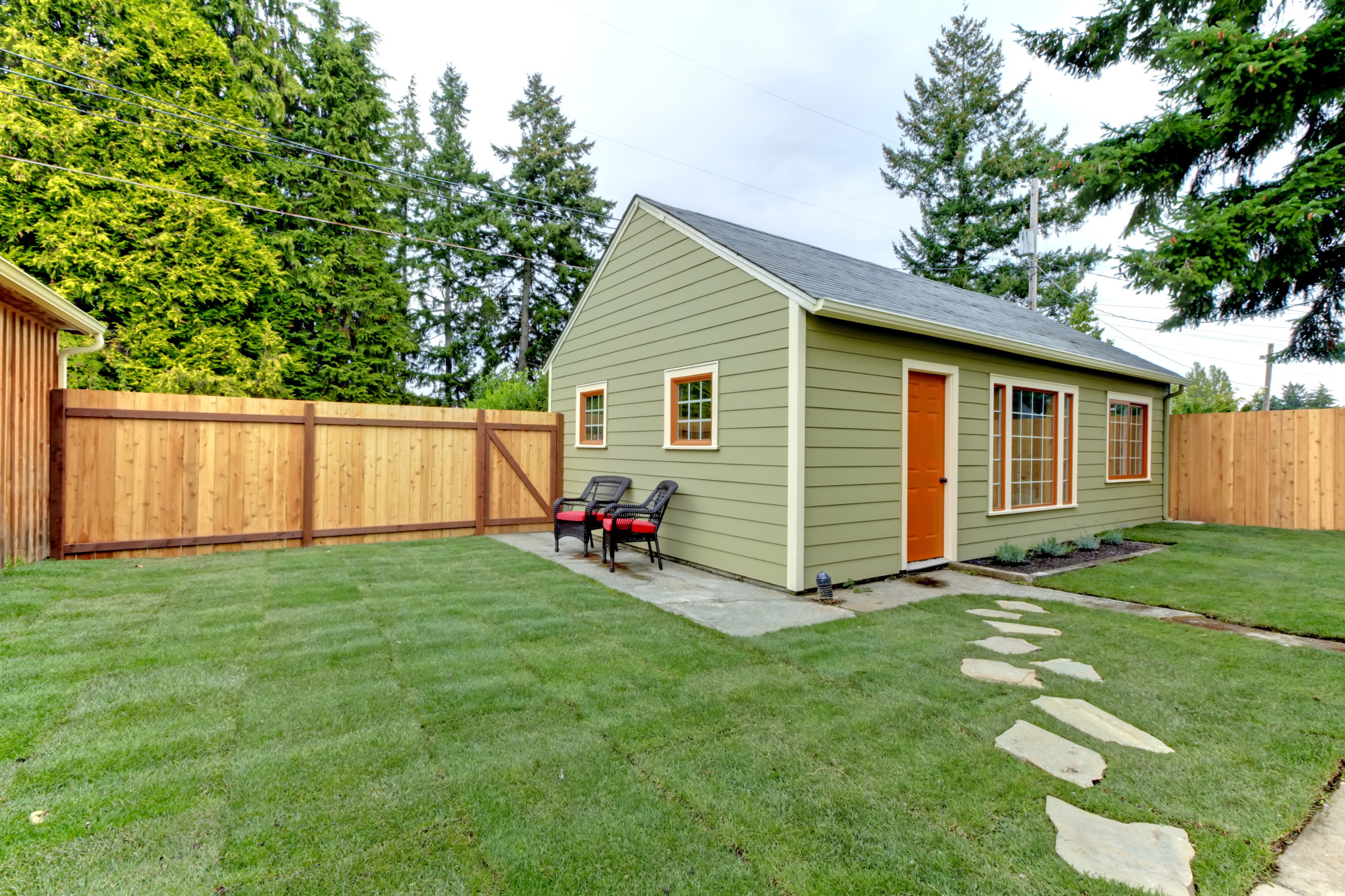In a recent survey by Realtor.com, almost 85% of US homeowners expressed an interest in creating extra space in their homes this year.
Accessory dwelling units refer to an additional building on your property, often referred to as granny flats, or in-law units. They’re an affordable housing solution in these times of scarcity and can bring in extra income, too.
Are you considering adding an accessory dwelling unit to your yard? Your first question is probably, ‘How much does an ADU cost?’ Here’s what to expect.
Before You Get Started
Numerous factors will affect the final design, and hence the cost, of your ADU. The first thing to take into account is whether you’re allowed to build an extra unit on your property.
While many states encourage homeowners to add extra accommodation, due to current housing shortages, each municipality has requirements and exclusions when it comes to these constructions.
Some of the main uses for ADUs include:
- Long-term and short-term rentals
- Hobby rooms
- Accommodation for college-age children
- Accommodation for other family members or aging parents
When you apply for the necessary permits to build your ADU, you’ll need to state this purpose and this will determine whether you can go ahead or not. Opting for a pre-approved ADU can save considerable time and headaches in this regard.
One of the major benefits of an ADU is renting it out to short-term vacationers via Airbnb, but that isn’t always possible.
Some major cities, like Chicago, Washington DC, and San Francisco, require you to obtain a license before pursuing your Airbnb aspirations. The cost of this license ranges from $250 upward, and you might need to pay taxes on your earnings from your rentals, too.
If you don’t comply with these laws, you could face substantial fines.
Size Counts When It Comes to ADU Prices
State and city laws can affect what size and type of ADU, you can build.
The average cost of an ADU in the US is around $156,000. Although some homeowners complete this addition for less than $100 K, some go all out spending over $400,000.
Materials, finishes, and your choice of a contractor have a marked effect on the final cost of any construction. Contractors usually quote for their service in dollars-per-square-foot.
Contractors often state the cost of an ADU in dollars per square foot. Prices start from $150 per square foot to well over $500 per square foot.
On average, you can expect your quotation to come in between $300 and $400 per square foot.
While this might seem expensive for such a small building, an ADU is far more than simply a concrete slab with a frame on it. They usually include full bathrooms and kitchens, too.
Expanding on an existing space will cost far less than building an entire stand-alone unit.
Taking all these factors into consideration, prices increase from lowest to highest when it comes to the following types of ADUs:
- Basement conversions
- Garage ADUs
- A new construction above your garage
- An attached new construction
- A detached new construction
Finally, material costs vary widely depending on where you live. For instance, building an ADU in the Central Valley area of California costs a lot less than in the Bay Area or Los Angeles County.
Accessory Dwelling Unit Extras
Apart from labor and materials, there are a few more aspects involved in building an ADU that can add to the final cost. These include:
Architectural Plans and Permitting
You’ll need to pay an architect to design your ADU before you submit plans to your local authorities. These fees range from $11,200-$14,000.
You might also encounter additional costs for surveying and engineering.
Whenever you build new construction, you must first determine the stability of the soil it’s built on. In built-up areas, you might not need to meet this requirement unless you’re building near a hillside or an easement. Building surveys of this nature cost between $4,000 and $6,000.
If you’re building on top of your garage, an engineer must make load-bearing calculations. These engineering plans can cost between $300 to $2,500 per drawing.
Finally, you must ensure your ADU complies with environmental regulations and rules. To do this, you may need to remove trees or deal with issues relating to nearby watercourses.
Depending on where you live, these impact assessment fees can cost as much as $50,000 per unit, although it’s rare that you’ll need one.
Other Contractors Fees
Although your contractor will likely quote you for labor and materials upfront, there are always hidden costs involved in construction.
You might need additional security during the construction process, as well as hire porta-potties for the workers on site. You could also face a bill for any special equipment required as well as waste disposal.
Furnishing Your ADU
Adding the final touches to your ADU is vital for it to fulfill its purpose. If you’re planning on renting it out to long-term tenants, you might also want to hire a professional stager to help you find the best tenants.
Although this can set you back between $300 and $600, you will recoup these costs from your rental income.
Are You Ready to Expand?
Now that you’re a little clearer on your questions about, ‘How much is an ADU?’ and the options available, you’re better able to determine whether this trend is a good option for you.
There’s no doubt that an accessory dwelling unit can add value to your home, grant independence to older children, and assist family members in need. Yet, it’s vital to weigh up your options carefully and follow all relevant bylaws when you go this route.
Are you keen to discover more about life’s little mysteries? Browse our blog for the best advice on a wide range of topics.


















